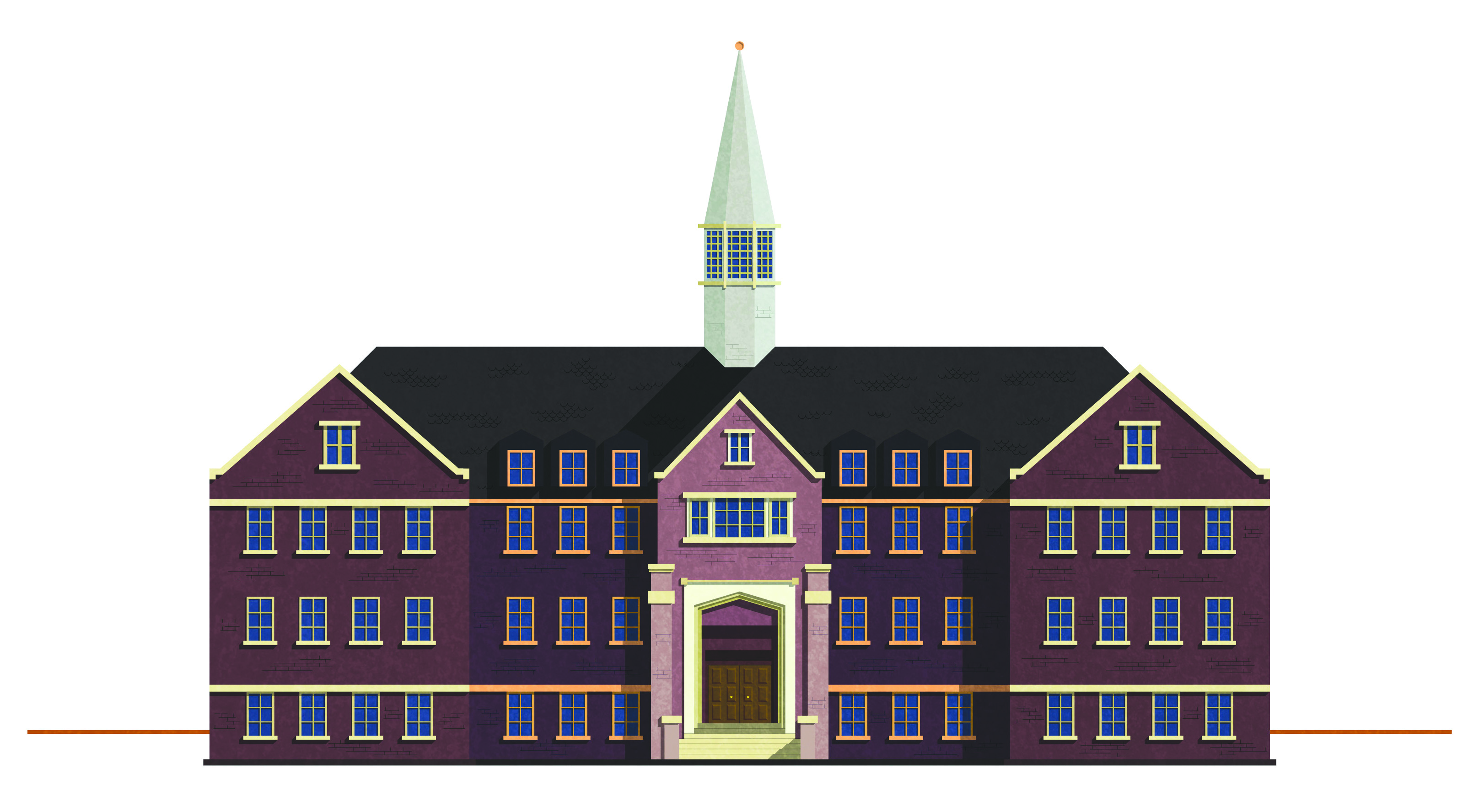New research shows that at least 3,000 children died while attending the Indian residential schools (IRS) system in Canada.
The research was, and continues to be, conducted under the Missing Children Project, whose establishment was recommended by “a working group of multi-party representatives under the direction of the interim director of the Truth and Reconciliation Commission of Canada (TRC),” and was subsequently undertaken by TRC.
TRC documents indicate that it is required to “prepare a report on the history and legacy of the IRS experience” under their five-year mandate. The documents go on to say that cataloguing student deaths and disappearances will be an integral part of this report.
Furthermore, the published mandate for the TRC states that a major goal of the commission is to “create as complete as possible an historical record of the IRS system and legacy [which] shall be preserved and made accessible to the public for future study and use.” The five-year mandate also promises the construction of a research centre.
Thus far, the research remains unpublished. A recent report by the Canadian Press says that the estimate of 3,000 deaths since the beginning of the IRS during the 1870s might increase as researchers continue to comb through archival materials.
In fact, the number of confirmed deaths rose dramatically from June of last year to the present. A TRC news release dated June 11, 2012 declares, “to date, the Missing Children Project has identified approximately 600 cases of Aboriginal children who died while attending residential schools.”
That same release says that the Missing Children Project has been using data acquired from “federal government and church records which are not complete.”
The research also provides insight into the most common causes of death amongst children at the schools. Tuberculosis was shown to be a constant threat to students, as was the Spanish flu during the years of 1918-19.
As Alex Maass, research manager for the Missing Children Project, recently told the Canadian Press, “the schools were a particular breeding ground for TB [ . . . ] dormitories were incubation wards.”
Other causes of death were said to include fires and malnutrition, amongst others. Abuse of students by staff was also rampant at residential schools.
Documents cited by the Canadian Press and accessed by the Missing Children Project show that the death rate at residential schools did not begin to noticeably decline until the 1950s.
Peter Kulchyski, a professor in the native studies department at the University of Manitoba, clarified to the Manitoban that, while the general idea underlying residential schools for Aboriginal children was racist and assimilationist, it is important in light of the recent research to draw a distinction between the church-run and government-run systems.
“The government-run residential schools were better than the church-run residential schools,” said Kulchyski. “The church-run schools had very poor standards. You often had a situation where predators could survive and thrive and that aggravated the problem.”
“Government-run residential schools had higher professional standards in terms of who they hired, and also had better quality food. You didn’t have a system where all the better food went to the priests and nuns.”
Despite this, Kulchyski pointed out that in either case, “they were still pulling children away from their families and expecting them to learn in a language that might have been their second language. There were all kinds of problems.”
Kulchyski said that it is important to recognize that TRC was funded by the settlement and is not overseen by the Canadian government.
“It is a very important thing to say because it means that the commission has an independent status. Its job is not to tell Stephen Harper what he wants to hear, but to determine and publicize the truth.”
The TRC is a commission with a mandate “to learn the truth about what happened in the residential schools and to inform all Canadians about what happened in the schools.”
TRC was established as part of a settlement agreement when residential school survivors brought a lawsuit against the Canadian government and churches involved in running the schools. That settlement granted the TRC a five-year budget of $60 million, as well as individual “compensation for former students.”
Speculating on what the relationship between the Canadian state and Aboriginal communities would look like today had the residential schools system never existed, Kulchyski says that it is hard to say, but nevertheless, “you would see a lot of communities that had much stronger Aboriginal culture.”




